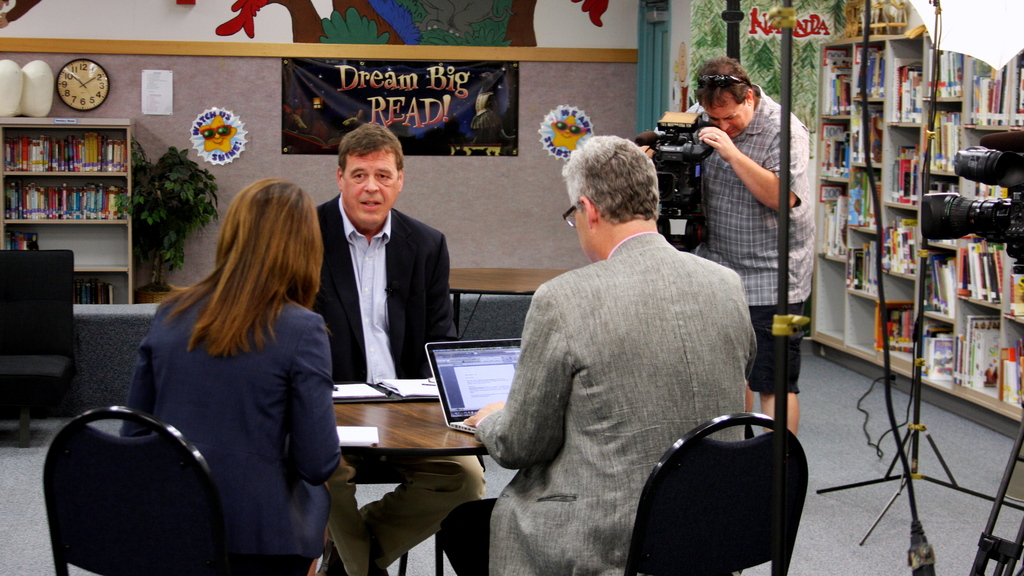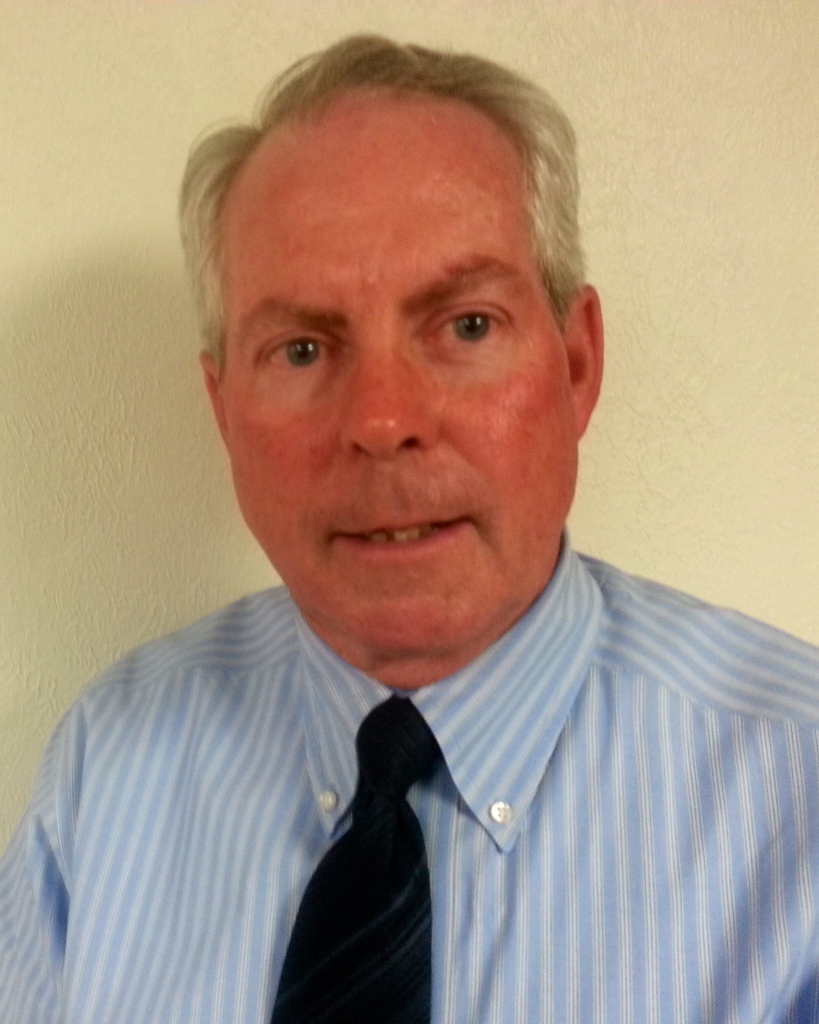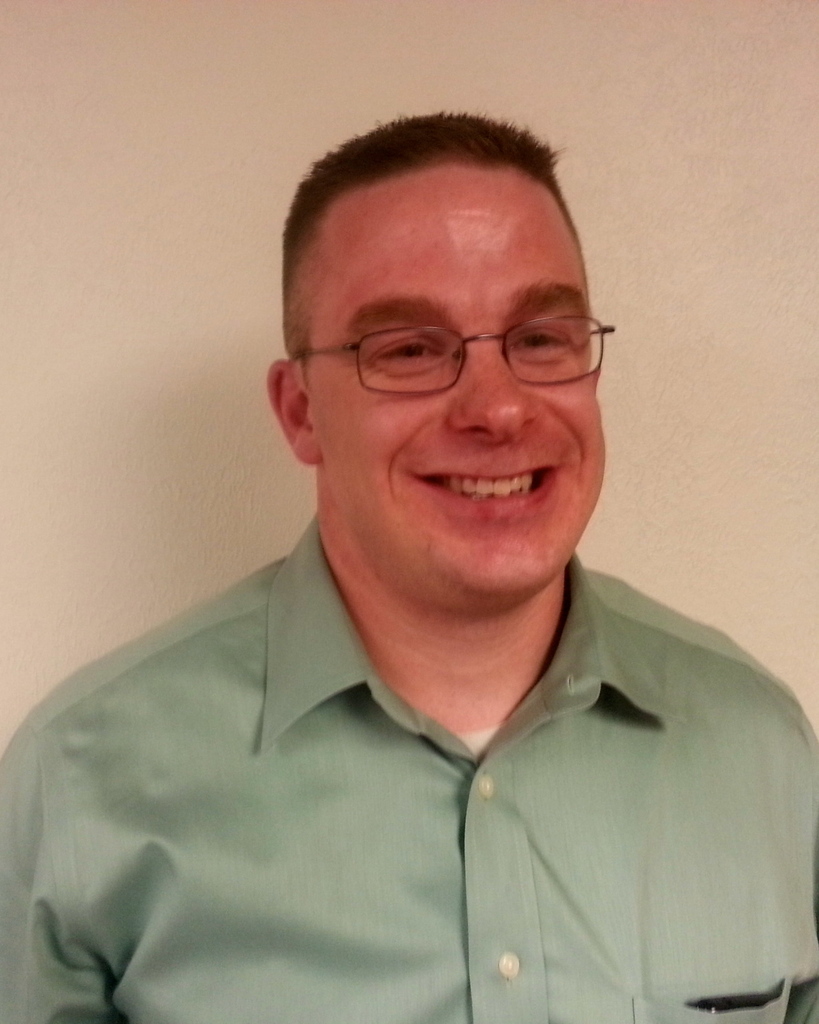
David Peterson spent his professional career working in education in Washington state — in the classroom, in district administration and at the state level.
He was planning to spend another five years or so working in the region, and then retire. But when he heard about the Nampa School District’s superintendent’s opening, he was intrigued by the challenge of taking the helm at a district just climbing its way out of a financial crisis. “It’s nice to try to be useful,” he said.
Peterson’s arrival comes as the state’s third largest district is looking at a transition. The district is looking to refocus on academics, and looking for some stability in the superintendent’s office.
When Peterson showed up on July 1 for his first day on the job, he became Nampa’s fourth superintendent in less than two years.
Beyond the money crunch
Peterson inherits a district that is finally back in the black, barely 12 months after a series of accounting blunders that left Nampa wrestling with a $3 million shortfall.
There were sacrifices to go around. Nampa imposed 14 unpaid furlough days in 2013-14 — a factor in a 23 percent teacher turnover rate. In March, voters approved a two-year, $6.78 million levy, the third levy approved in a 17-month span. While the levy wasn’t needed to erase the shortfall, it was instrumental in restoring classroom days and teaching positions.
Peterson was hired March 7, four days before the levy was passed. “I had a celebration from afar.”
Another encouraging sign: a week after Peterson started, the School Board and the Nampa Education Association agreed on a 2014-15 contract. Negotiations on the 2013-14 deal had stretched into February, more than seven months after the deadline.
But the pressure isn’t completely off. “Not being in the red doesn’t mean we’re stable financially,” he said. “We are out of crisis, but we aren’t flush with money.”
Nampa faces academic challenges as well.
Like districts across the state, Nampa is in the midst of implementing the Idaho Core Standards — and come next spring, the Common Core-aligned tests will be used to grade the schools. “For the last two years we haven’t been focused on that,” Peterson said. “We’re a little behind.”
In April 2013, the district’s three public high schools lagged below state averages on the Scholastic Aptitude Test. In 2012, 50 percent of high school graduates continued their education, lagging behind the state’s lackluster average.
Peterson hopes the district will be talking about successes in five years: more students taking Advanced Placement tests, higher SAT scores. But this will take work on several levels. The district will need to make sure to provide rigorous courses in all schools. In a district where nearly two-thirds of students qualify for free or reduced-price lunch, educators will have to help encourage kids to pursue higher education.
Despite the challenges, Peterson draws energy from the teachers who have remained committed to Nampa through the crisis. “I am so excited by their excitement about where they’re going next.”
‘A paradigm change’

That sense of excitement is shared by community education stakeholders. For one thing, they’re hoping Peterson will bring some stability to a district in need of it.
“That was a huge consideration,” said Molly Lenty, a Nampa parent who co-chaired the superintendent search committee.
But stakeholders aren’t just impressed with Peterson’s commitment to jump aboard — and his stated desire to stay at least five years. They are confident that they have hired an experienced educator with no preconceived notions — someone who will listen to the community while moving the dialogue back to academics. “We need to demonstrate to the public that we’re redirecting our efforts back toward our main mission,” said Nampa trustee Brian McGourty.

Fellow trustee Mike Fuller is preparing — and is primed — for a new kind of School Board meeting. Trustees sometimes get pigeonholed into something of a limited role: approving purchases and contracts and other mundane administrative duties. From what he has heard from Washington’s North Mason School District, where Peterson was superintendent from 2007 to 2014, board meetings were focused on academic performance. That kind of discussion — candid and rooted in accountability — will be an exciting change. “To me, it’s a paradigm change,” Fuller said.
Perpetual campaigns
It took five years, and what Peterson calls “a perpetual campaign,” but the push for a bond issue finally paid off in 2013.
The district — headquartered in Belfair, a city of about 4,000 west of Puget Sound, a little over an hour’s drive from Seattle — had tried a series of unsuccessful bond issues. Peterson’s first proposal failed to clear the 50 percent mark, and fell shy of the needed 60 percent supermajority.
But Peterson noticed something encouraging. At the outset of this campaign, 70 to 80 percent of survey respondents questioned the need for a bond issue. By the end of the campaign, those numbers had flipped. The bond issue failed, but patrons saw the need to do something.
In response, the district redrew its plan. Peterson came back in April 2013 with a costlier, $49 million plan, but one that made better use of resources. A proposal to build a new high school, turn the existing high school into a middle school, and make other upgrades passed with 62 percent backing.
Another perpetual campaign, one demanding constant work, centers on student achievement.
Peterson minces no words about North Mason’s mixed test scores — not in a 13-page October 2013 performance report to trustees, which he shared with Idaho Education News, and not in a recent interview. High school scores are now at or above state averages. One elementary school has shown marked improvement while another is flatlining. The middle school, he said, has remained “wildly frustrating.”
Part of the problem at the middle school was an erosion in standards and a willingness to use demographics as an excuse for lackluster performance. (More than 49 percent of the district’s 2,100 students qualify for free or reduced price lunch.)
Peterson said he learned from the North Mason experience. He learned the value of sharing good research on teaching methods, and acting on it. He also learned the importance of clear standards at each grade level.
Peterson sees himself as a collaborator — he’s already planning his first retreat with district leaders in early August. He wants to bring together Nampa schools, which he says have sometimes operated in a disjointed manner. But he makes no apologies for accountability.
“Some things are simply not negotiable. … That’s going to be an interesting conversation in Nampa.”
